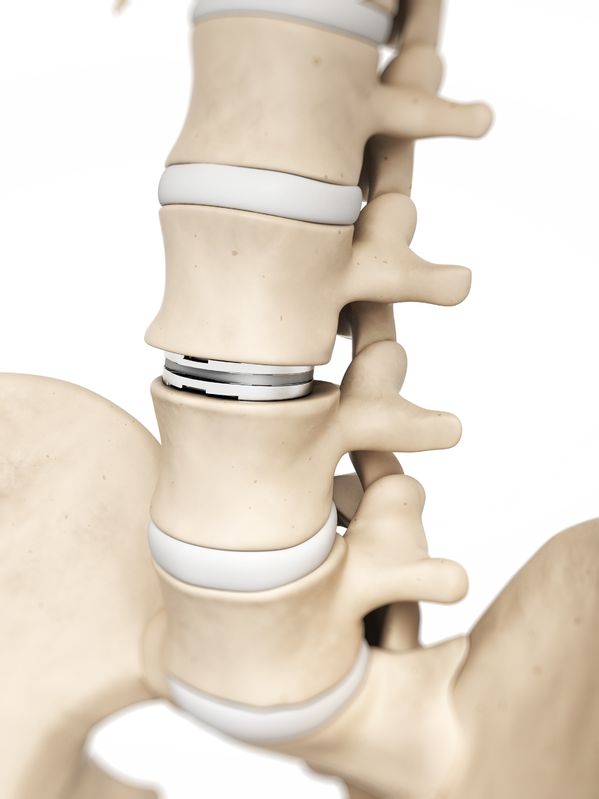The researchers at the University of Pittsburgh have developed a self-powered smart implant to monitor spinal fusion recovery.
Researchers at the University of Pittsburgh Swanson School of Engineering are developing patient-specific 3D-printed smart metamaterial implants that also function as sensors to monitor spinal recovery. A report explaining their research was just published in the journal Advanced Functional Materials. “Smart implants can give real-time biofeedback and offer various therapeutic and diagnostic advantages,” said Amir Alavi, an assistant professor of civil and environmental engineering whose iSMaRT Lab led the research. “However, incorporating large electronics or power sources into the limited space of implants is extremely difficult.
The implant matrix can be used as an active sensing and energy collecting medium. That’s what we’ve been concentrating on.”
The Intelligent Structural Monitoring and Response Testing (iSMaRT) Lab has created a new class of multifunctional mechanical metamaterials that operate as their own sensors, capturing and conveying critical information about the pressures and stresses on their structure. Meta-tribomaterials, also known as self-aware metamaterials, produce their own electricity and may be utilised for a variety of sensing and monitoring applications.
Under pressure, contact-electrification occurs between the material’s conductive and dielectric microlayers, resulting in an electric charge that conveys information about the material matrix’s state. Furthermore, it naturally inherits the exceptional mechanical tunability of ordinary metamaterials.
A small chip collects data on the pressure on the cage, which is a crucial sign of healing, and the power provided by its built-in triboelectric nanogenerator mechanism eliminates the need for an external power source. Using a portable ultrasound scanner, the data may then be read noninvasively.
The suggested cage is not only unique in its sensing capabilities, but it is also comprised of a highly adjustable material that can be tailored to the patient’s requirements.
Also Read: Study finds vision impairments can raise risk of dementia in older persons
“Spinal fusion cages are commonly utilised in spinal fusion procedures,” Alavi stated. “However, they are typically constructed of titanium or PEEK polymer materials (a semi-crystalline, high-performance engineering thermoplastic) with certain mechanical qualities.” “The rigidity of our metamaterial interbody cages is easily adjustable.”
Before surgery, the implant may be 3D-printed based on the patient’s individual anatomy, making it a far more natural fit.”
The technology has been successfully tested in human cadavers, and the team plans to move on to animal models next. Because the material is so adaptable and scalable, the smart sensor design might be used to a variety of additional medical applications in the future, such as cardiovascular stents or components for knee or hip replacements.
“This is a first-of-its-kind implant that builds multifunctionality into the fabric of medical implants by leveraging breakthroughs in nanogenerators and metamaterial,” Alavi added. “This technical innovation will play a significant role in the future of implanted devices.”

